Autonomous technology could soon be coming to the world of Jet Skis and personal watercraft thanks to the boffins at Kawasaki.
New technology – using GPS co-ordinates and a small supplementary electric motor – aims to enable the craft to automatically circle back and rescue a rider who has fallen off.
The same suite of autonomous technology is also claimed to be capable of keeping a craft in position while the vessel is unattended – to act as a type of “digital anchor” to eliminate the need for a real anchor in a strong current or a receding tide.
An exclusive report published overnight by The Watercraft Journal, the world’s biggest Jet Ski website, uncovered at least 22 patents, the majority of which appear to be industry-first features destined for future models.
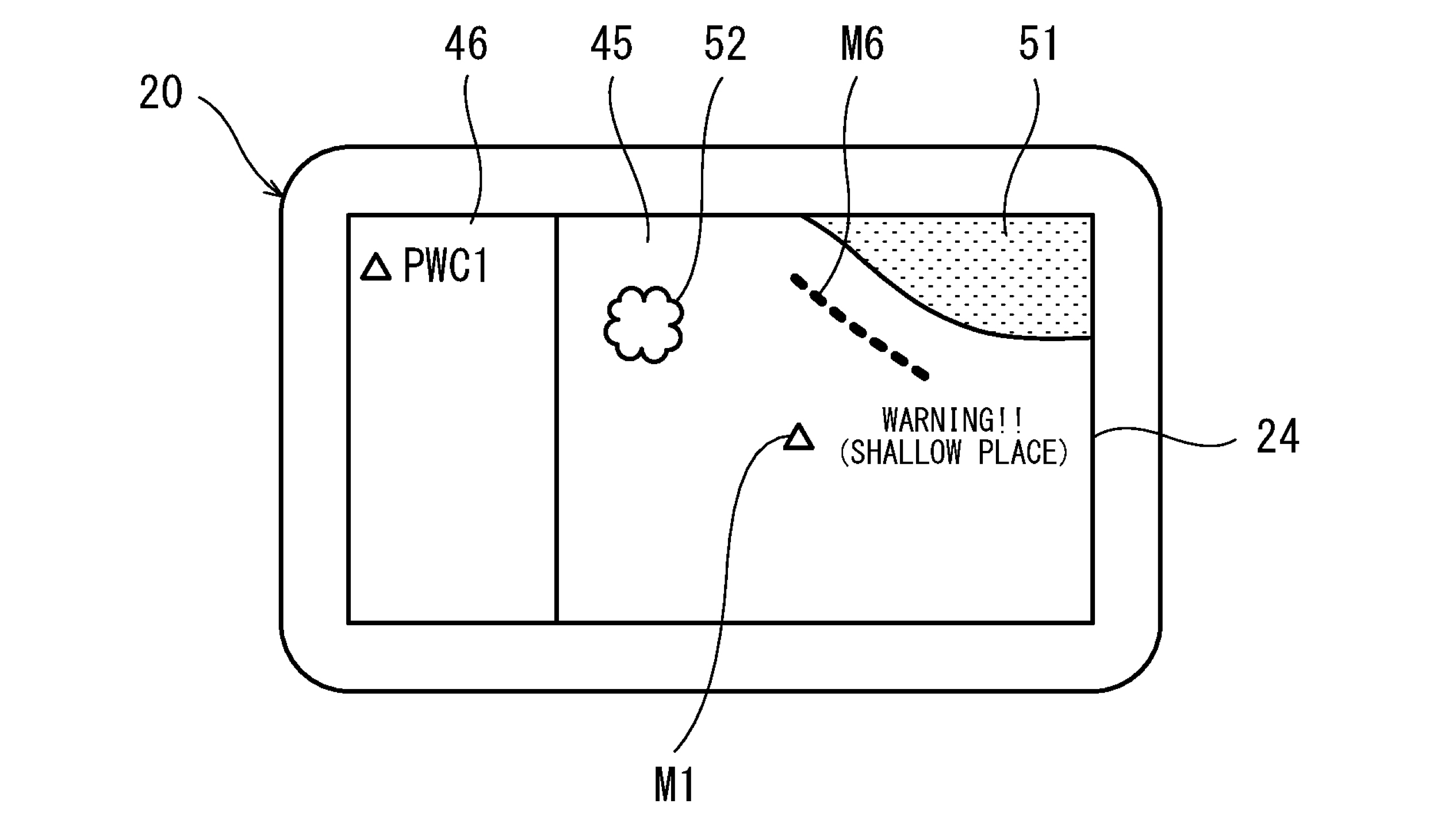
Kawasaki Jet Ski lodged a raft of patent filings in the US for a range of future technologies including:
- An automated ‘rescue’ function that enables the craft to circle back to where the rider fell off, using GPS co-ordinates and an electric motor;
- An automated ‘place-holder’ function to keep a craft in position while the vessel is unattended, to act as a “digital anchor” using GPS co-ordinates and an electric motor, to eliminate the need for a real anchor;
- Built-in shallow water warnings and restricted area warnings;
- Crash-avoidance warnings to alert riders to nearby Jet Skis and other hazards;
- Built-in geo locators to make it easier to find your riding buddies in the ocean and in remote waterways;
- More accurate real-time fuel consumption data and distance-to-empty data for long-distance rides;
- An electric supercharger and water-cooled turbocharger for new performance models.
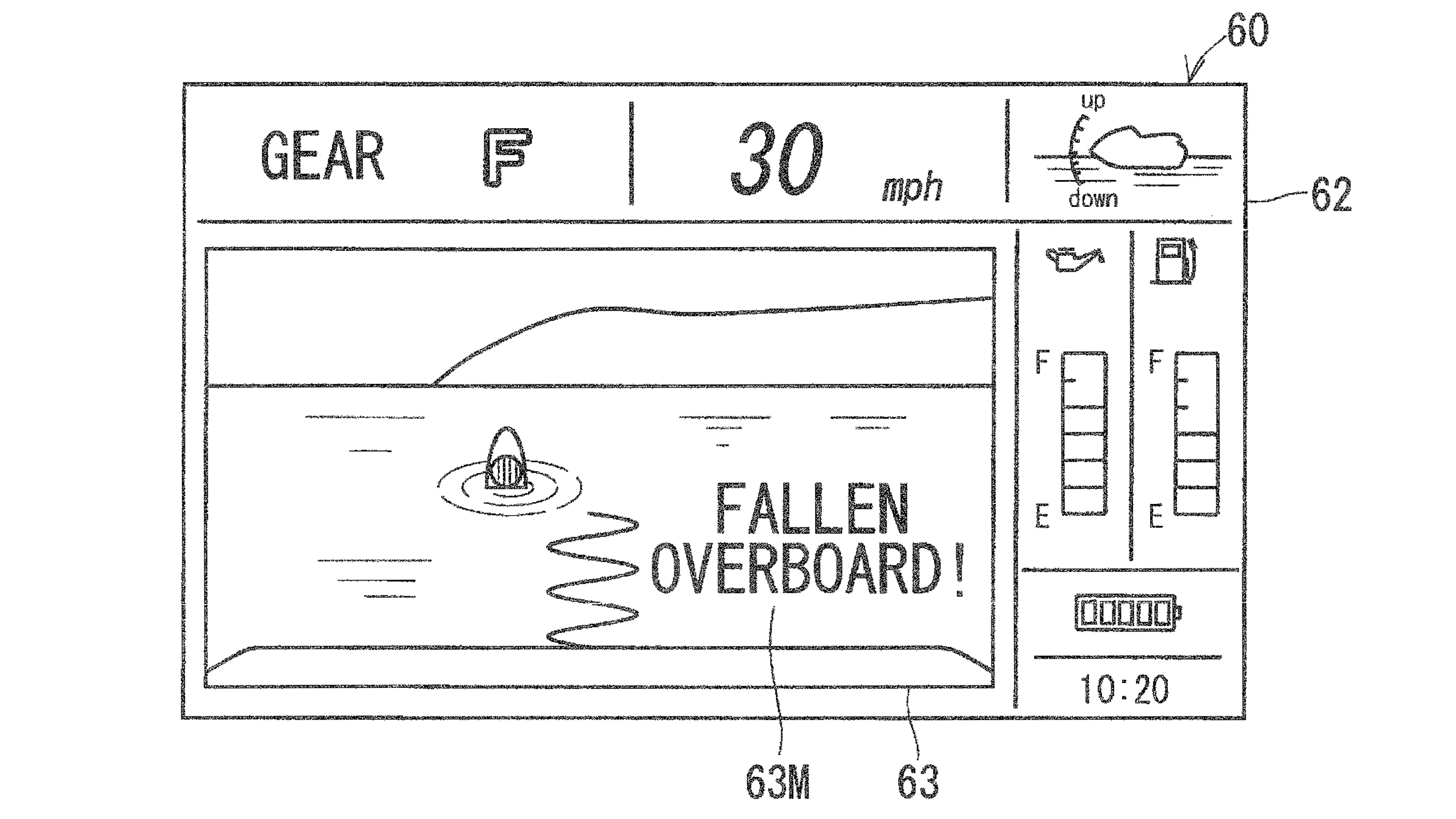
At least eight of the unearthed patents are for recently introduced features such as the side-pod doors, handlebar accessory mounts, daytime running lights and four-speaker audio on the updated Kawasaki Ultra 160 and Kawasaki Ultra 310 models.
However, 14 of the patent filings are for technology The Watercraft Journal estimates could be “two to three years” away.
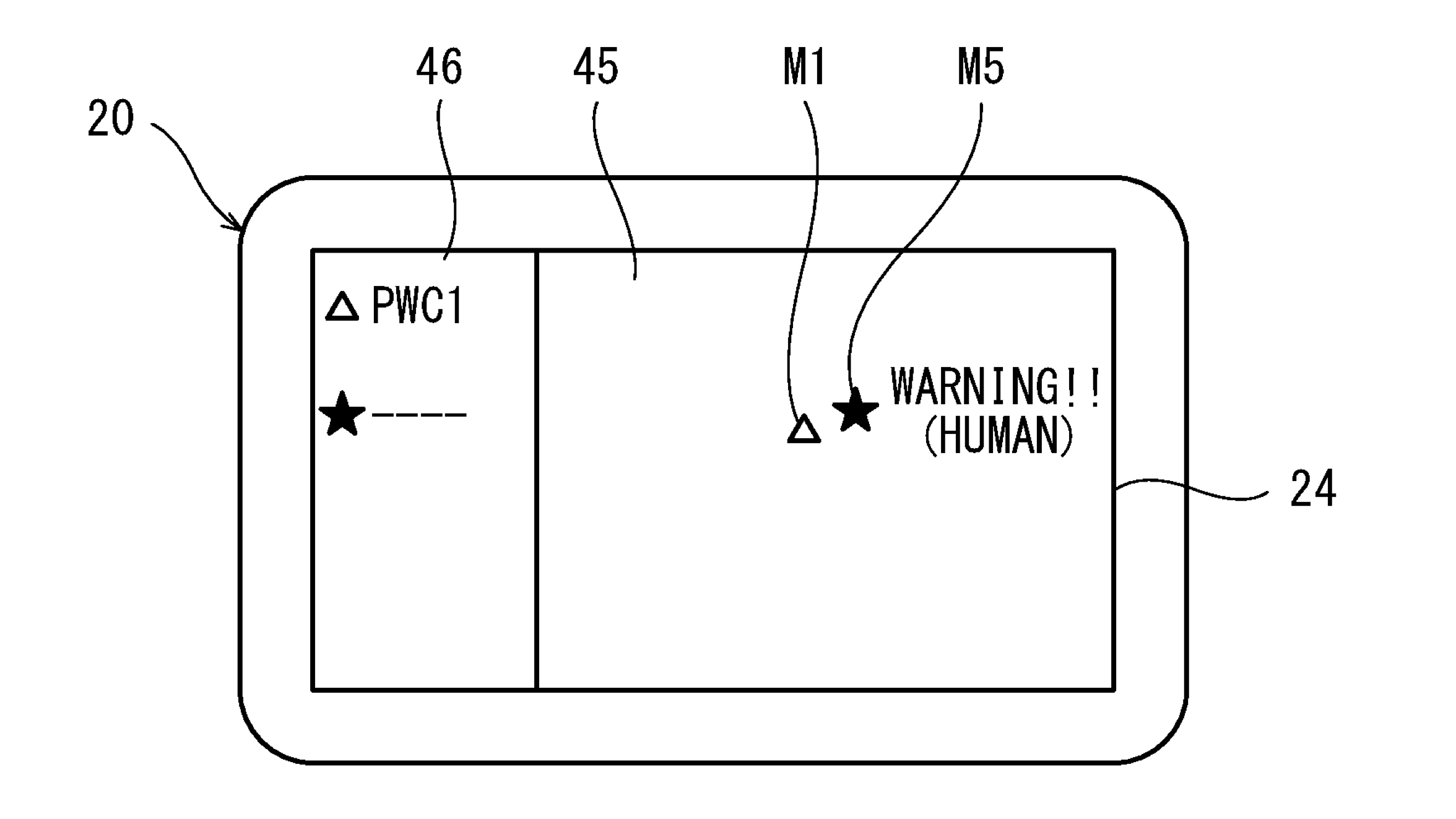
Conspicuous by their absence in the haul of patent filings: a reverse trigger and trim adjustment for the mid-size Kawasaki STX 160, the company’s cheapest Jet Ski in its three-seater sit-down line-up.
Unless that patent is yet to be filed – or is aleady part of the documentation that applies to the larger and newer Kawasaki Ultra models – it means the Kawasaki STX 160 seems set to persevere with an old-school reverse lever and no trim adjustment for the foreseeable future.
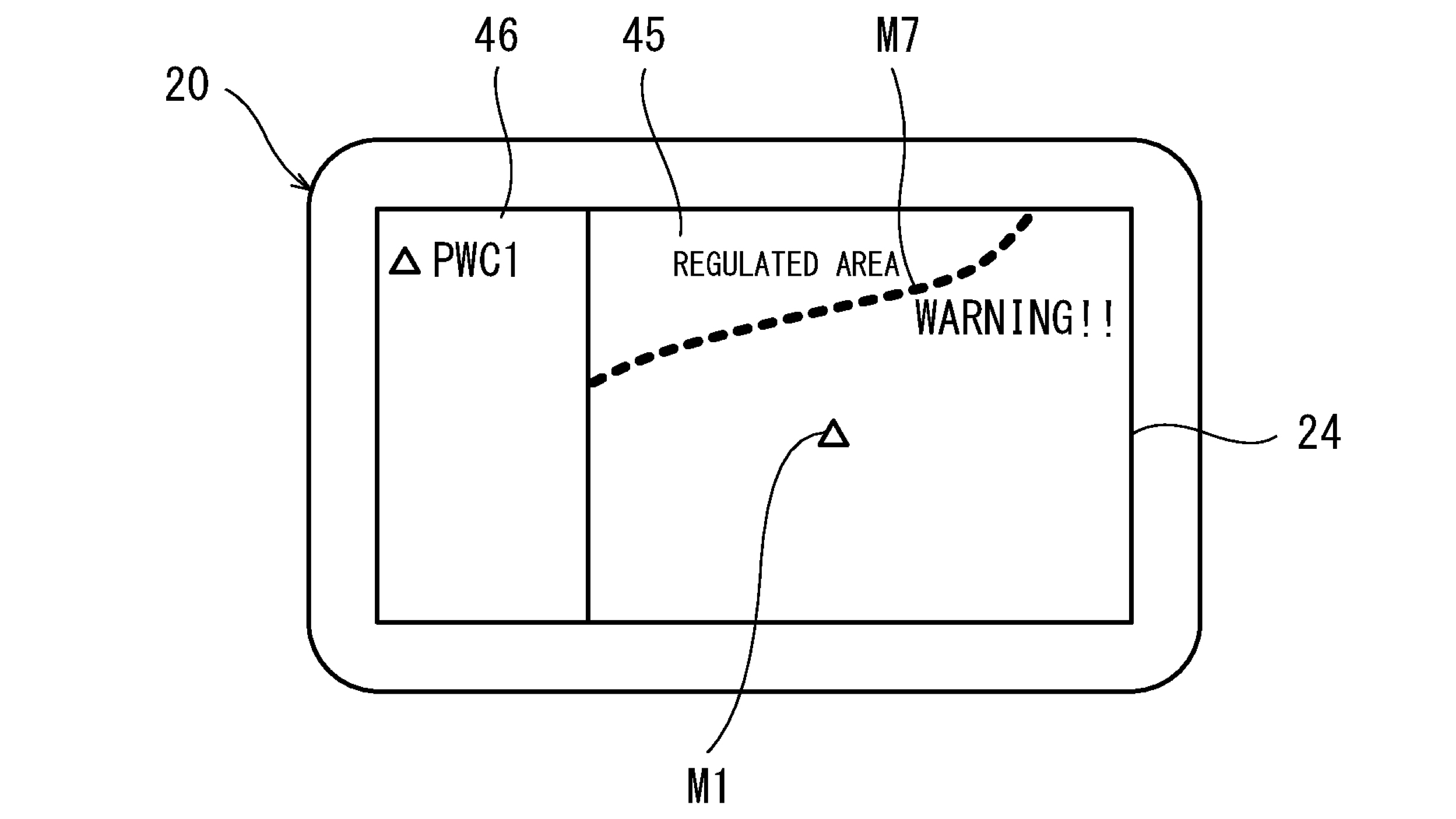
One consolation: Kawasaki appears to be redesigning the bow storage compartment lid on the Kawasaki STX 160, following two safety recalls in that model’s first two years on sale locally.
Below is a quick highlights package of the Kawasaki Jet Ski patent filings.
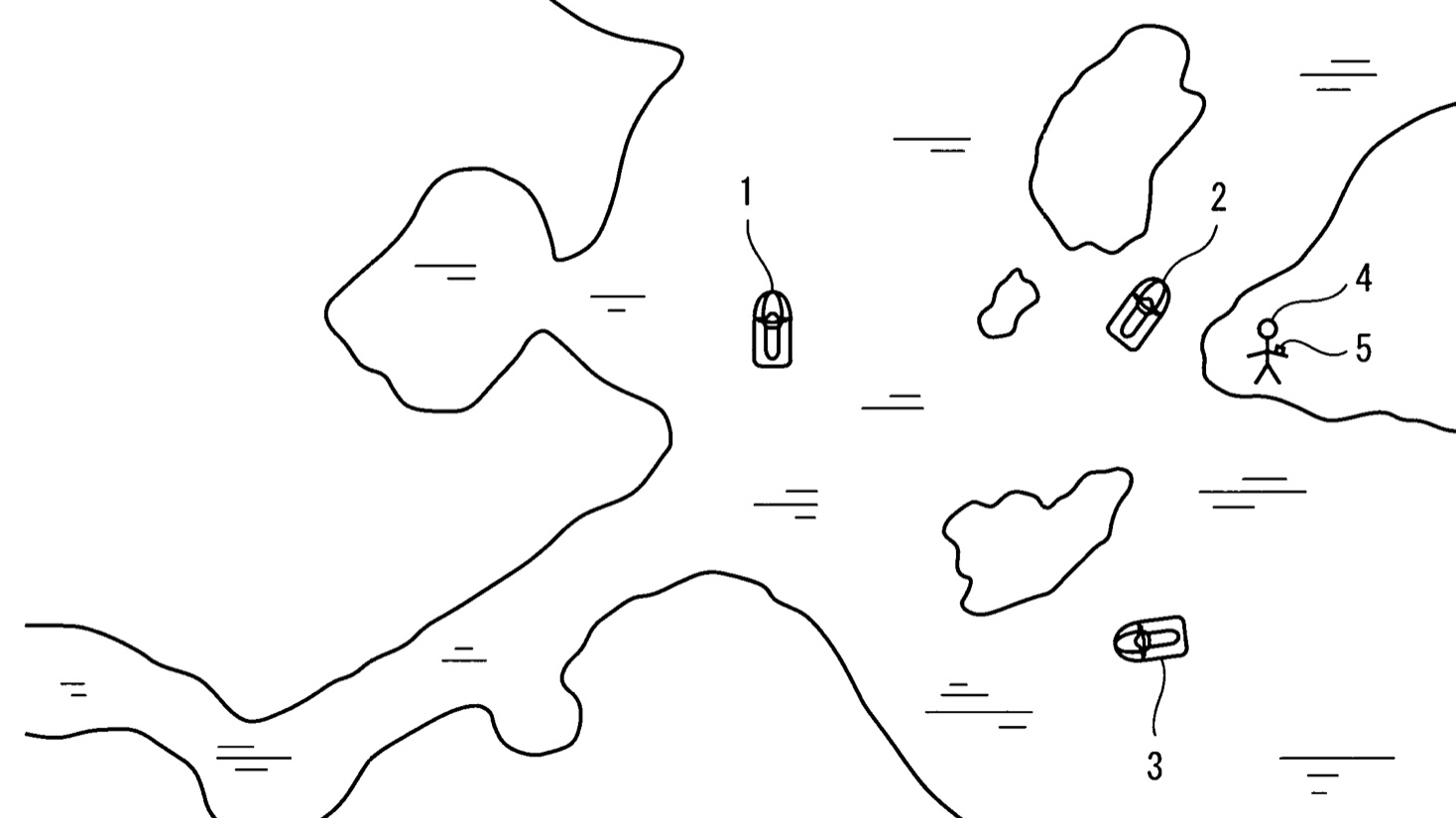
Operator absent modes (autonomous modes):
Patents US 11866134 B2, US 2024/0034449 A1 and US 11611651 B2 outline a battery-powered electric motor (separate from the petrol engine) that can move the craft at low speed over a short distance to circle back to a rider who has fallen off (when the safety lanyard has detached).
The same technology – which relies on accurate GPS data – can also act as a “digital anchor” to keep the craft in position in waterways where there is a strong current or a receding tide.
Crash avoidance technology:
Patent US 2023/0012090 A1 relates to technology that aims to alert the rider about other Jet Skis or persons in the water, using GPS data. However it is unclear if the technology will be able to detect other vessels that don’t have the same technology.
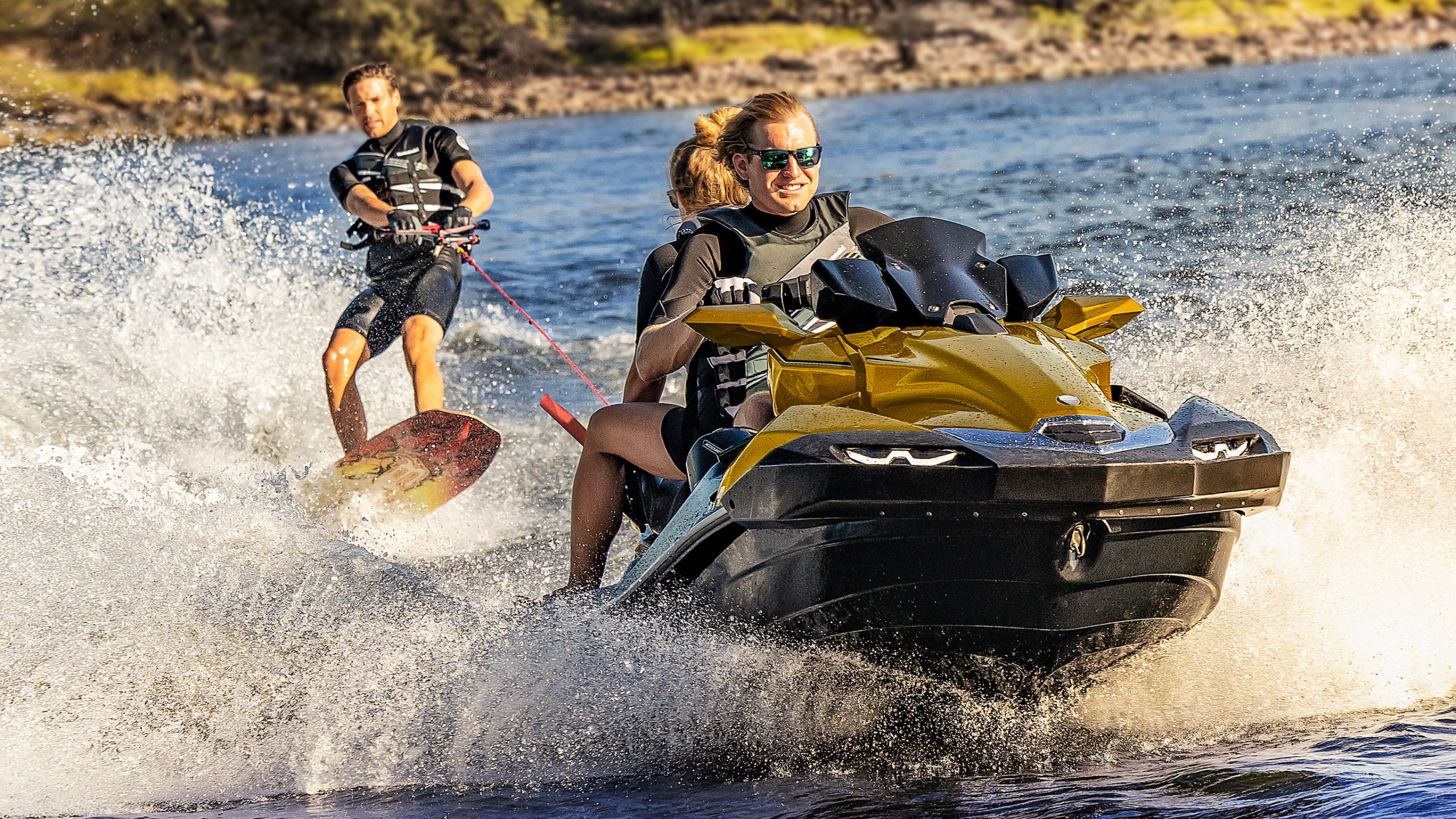
Rear camera ‘person overboard’ warning:
Patent US 11643174 B2 claims to enhance the rear-view camera functionality on top-end versions of the Kawasaki Ultra 160 and Kawasaki Ultra 310.
While these Kawasaki Ultra models already have a rear-view camera to help the rider keep an eye on people they are towing (a rear-facing observer is still compulsory in Australia on Jet Skis equipped with this technology), soon the camera may also be able to assess whether a person being towed has fallen off the inflatable tube or wake board.
Once the camera has detected someone missing from their wake board or inflatable tube, a warning will appear in the digital instrument display to alert the Jet Ski operator.
The system also aims to use GPS to alert the rider to where the towed person was ejected, so the rider can make a faster and safer retrieval.
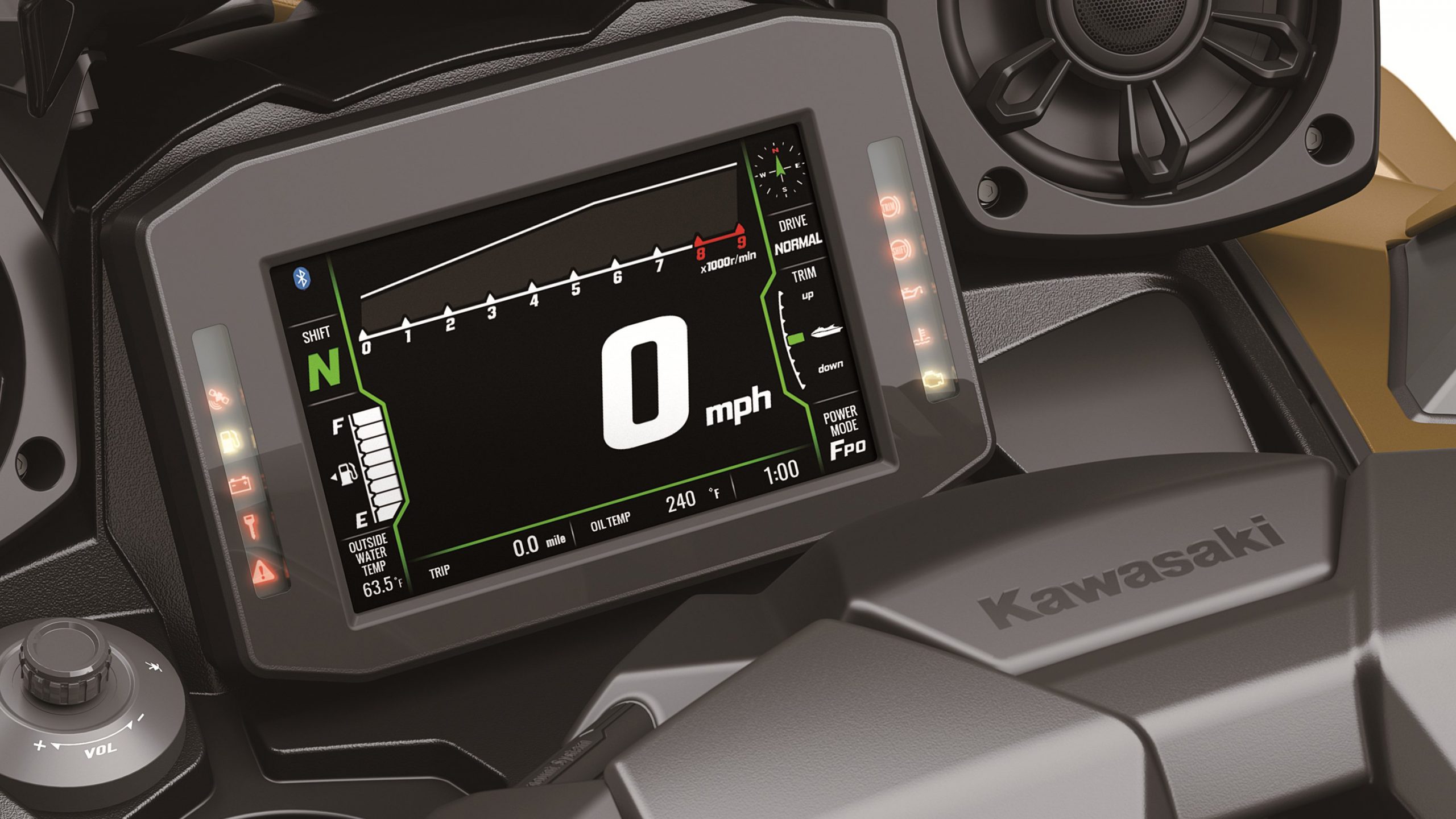
More accurate fuel consumption and distance-to-empty data:
Patent US 2023/0029055 A1 claims future Kawasaki Jet Ski models will be able to track a rider’s route via GPS – and combine that information with up-to-date throttle position changes, vessel speed changes, and real-time fuel consumption to deliver a more accurate ‘distance to empty’ fuel forecast.
Kawasaki says this technology will be especially helpful to long distance ocean Jet Ski riders.
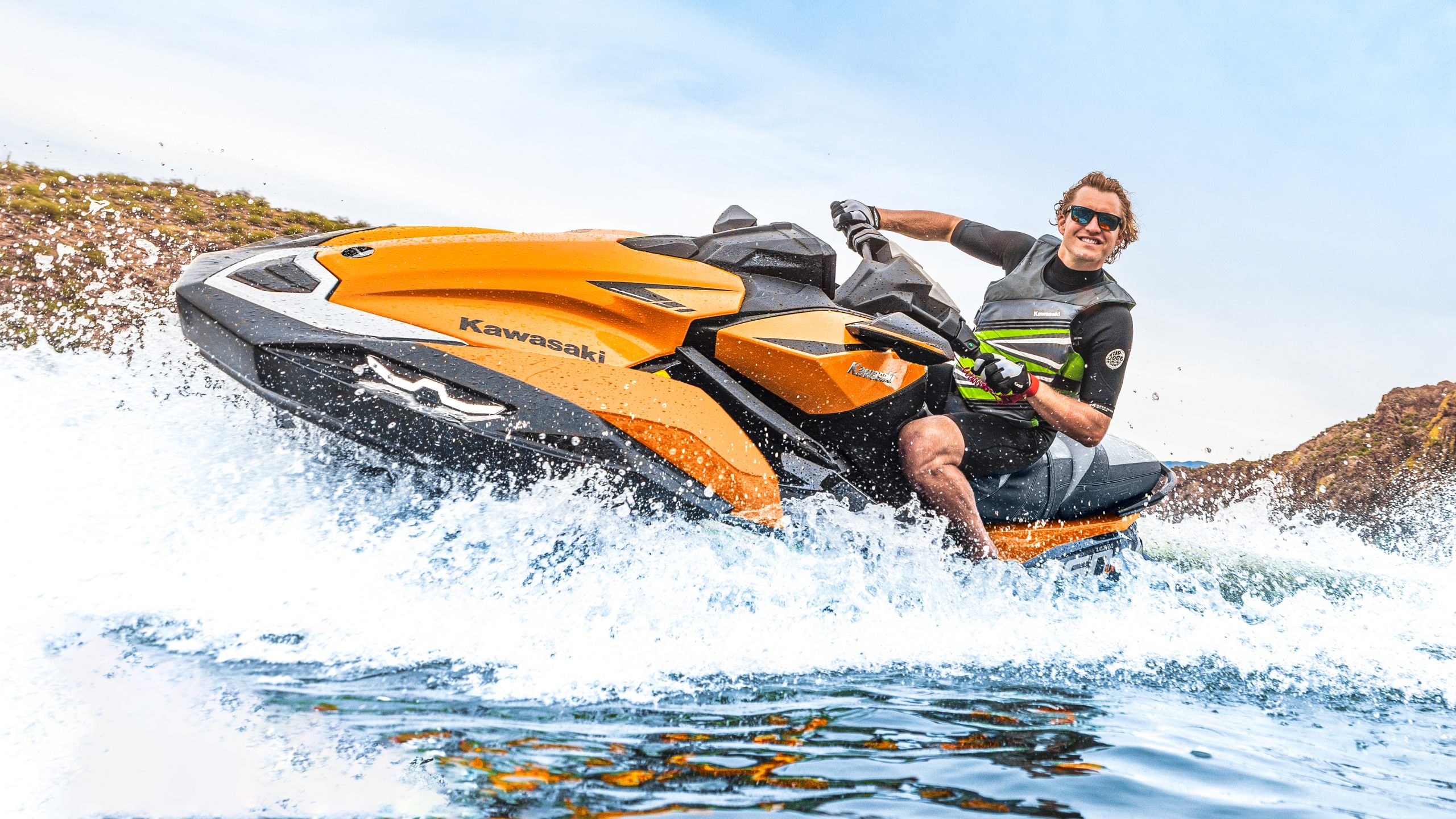
Electric supercharger and water-cooled turbocharger:
Patent US 11808163 B2 relates to Kawasaki developing its own double-walled, liquid-cooled turbocharger.
“The single-greatest hurdle for … turbocharged performance watercraft [is] heat mitigation,” says Kevin Shaw, the editor-in-chief of The Watercraft Journal.
“Turbos and their circuitous plumbing raise engine compartment temperatures far worse than superchargers.”
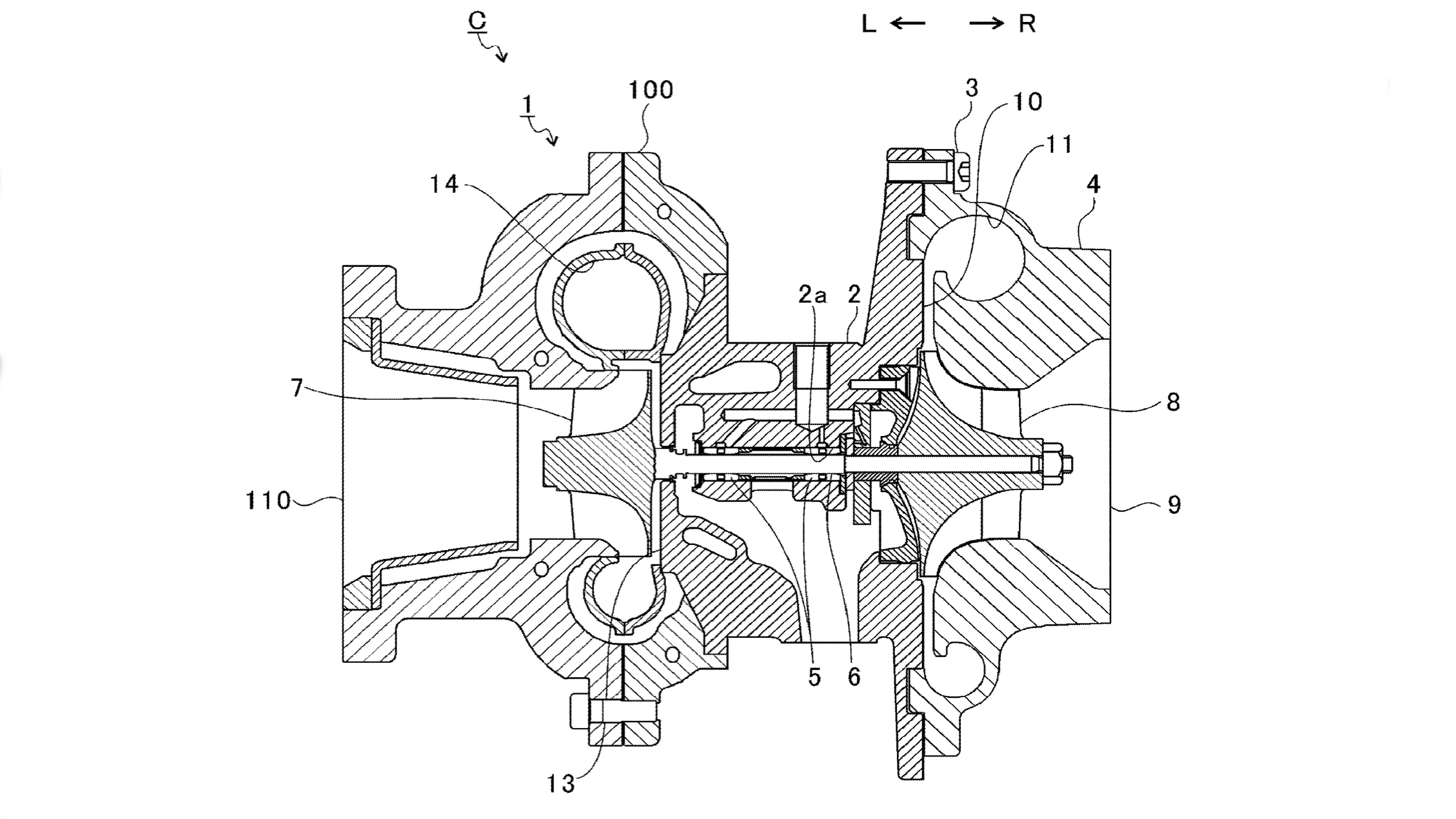
However, a watercooled turbocharger could address the heat build-up.
Meantime, patent US 11618428 B2 outlines a proposal for a new supercharger which can be driven by the petrol engine or a small electric motor, depending on the power demand.
“This would free-up the [petrol] engine to operate at greater efficiency, as the electric motor driving the supercharger would eliminate all parasitic loss or driving the supercharger,” said Kevin Shaw.
“Moreover, the electric motor can spin the supercharger at greater [revs per minute] than what the [petrol] engine can spin, radically increasing boost, and thereby, horsepower.”
A reminder, please head over to The Watercraft Journal for more detailed coverage on the above patent filings.
MORE: All our Kawasaki Jet Ski coverage in one click
MORE: All our Sea-Doo coverage in one click
MORE: All our Yamaha WaveRunner coverage in one click
MORE: All our news coverage in one click
MORE: Follow us on Facebook
MORE: Follow us on YouTube


